
Smartphone photography is big business, so it's no wonder brands like OnePlus, Huawei, Xiaomi and Vivo have all partnered up with iconic photography brands like Hasselblad, Leica, and Zeiss to boost their imaging cred.
Smartphone fans consider Vivo something of a darling with its exceptional X Series, despite the fact its phones aren’t always widely available in the West. But for customers who don’t know much about brands like Vivo, Oppo or Xiaomi, an iconic camera brand logo around the back of a phone could add a much-needed trust factor. But are these camera partnerships all empty marketing, or can they really give you confidence that taking the plunge will actually get you better photos?
In this three-part piece, I will examine the three hottest smartphone brands with camera maker partnerships: Vivo and Zeiss, OnePlus and Hasselblad, and Xiaomi and Leica. I will also outline the scope of the collaborations, discuss critical reception, and cover the phones showcasing the joint camera tech. Finally, I will share my conclusion as to whether the partnership is a bad take or a winning shot.
So strap in as we deep-dive into the partnership between Chinese phone maker Vivo, behind the well-reviewed X100 Pro, and German imaging icon, Zeiss, best known for its quality lenses.
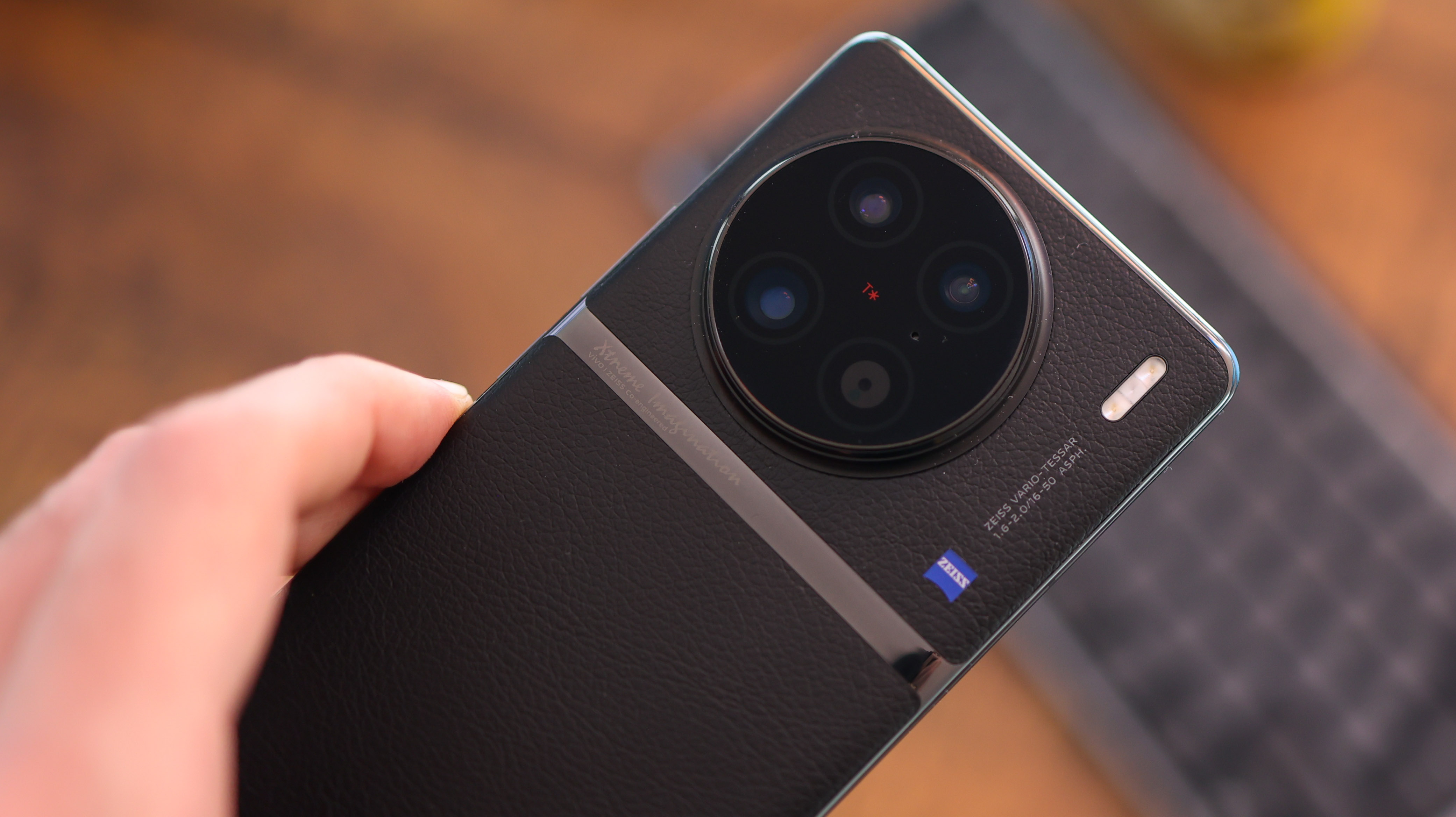
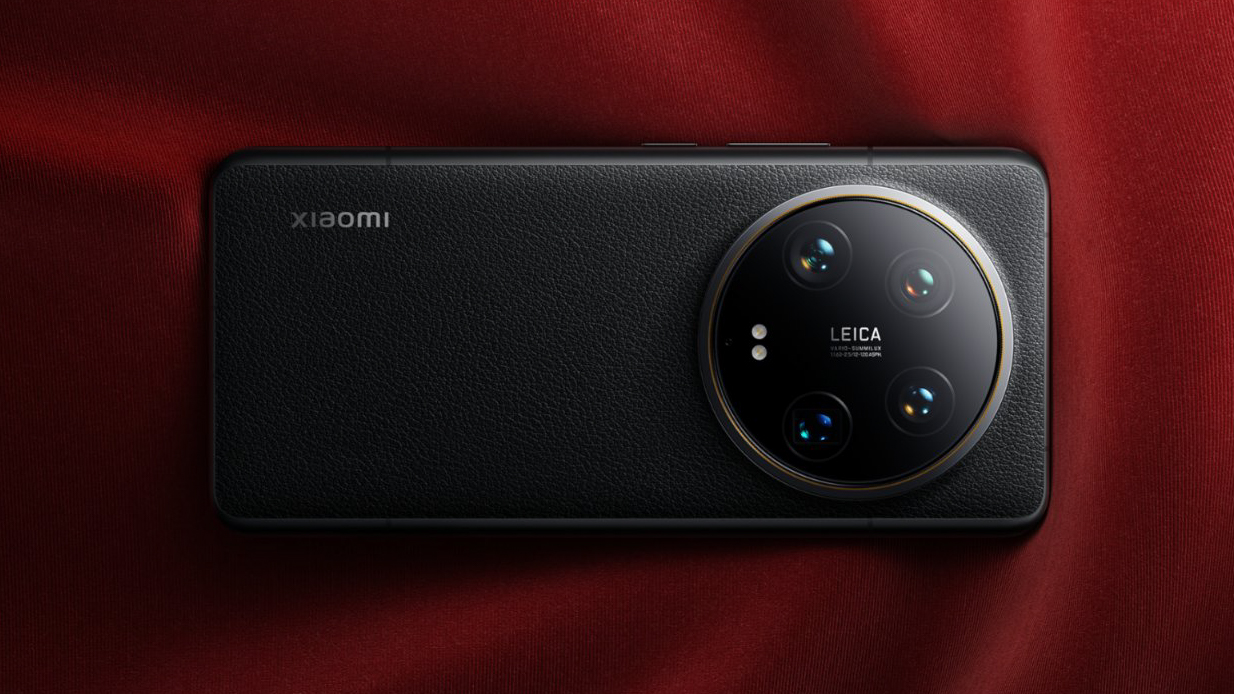
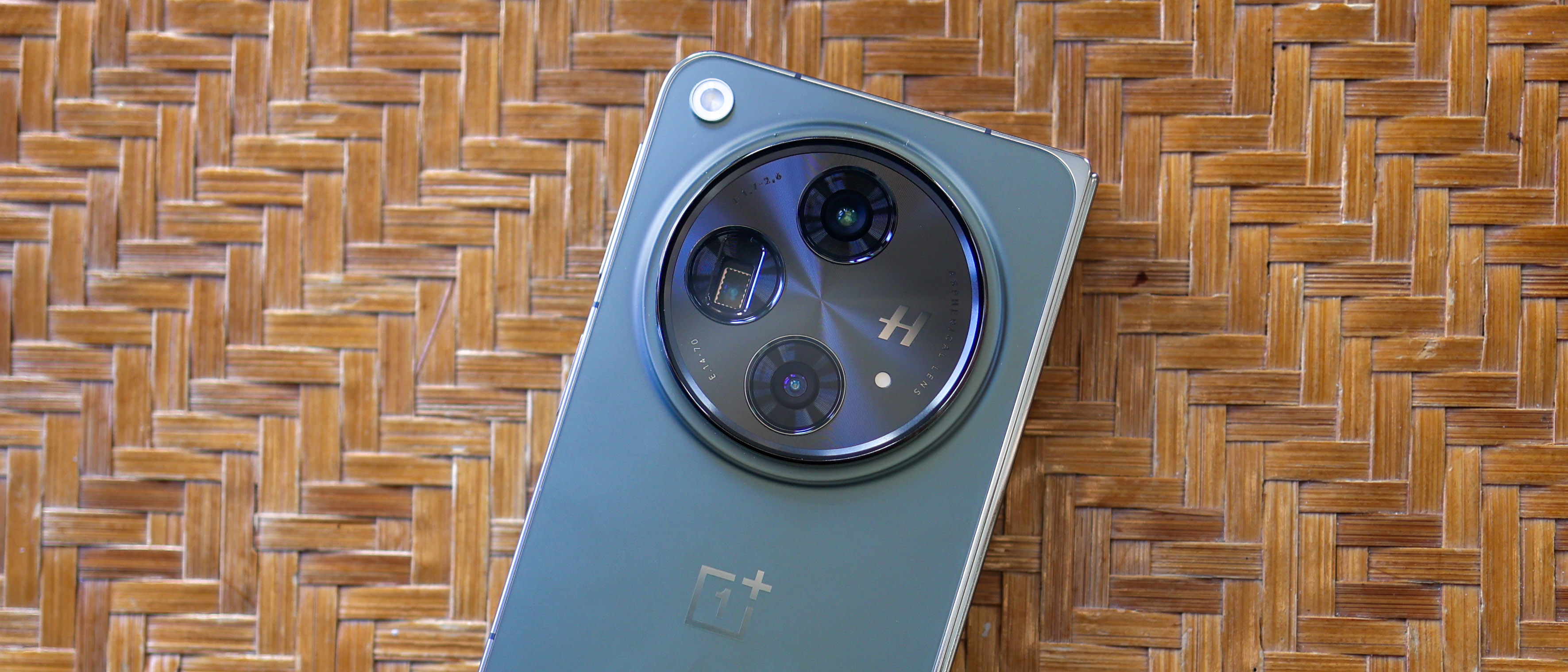
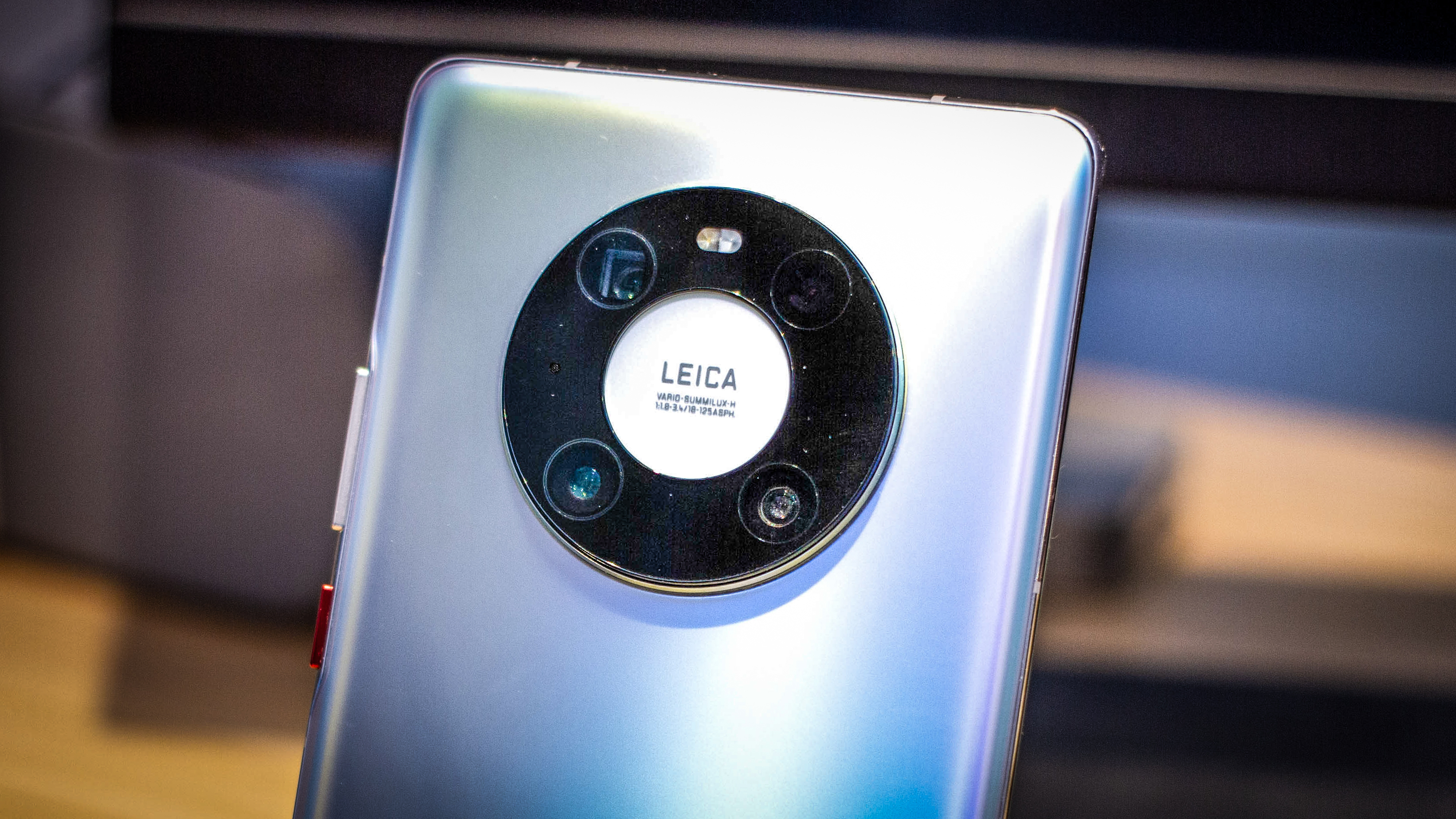
This isn’t Zeiss’s first rodeo
Unlike Xiaomi and Leica, or Hasselblad and BBK Group (OnePlus and Oppo), Vivo and Zeiss seem to have a partially open relationship.
My first trip to Zeiss HQ in Germany wasn’t with Vivo, it was in 2012 with Nokia, testing out the Nokia 808 Pureview, the first phone to use pixel binning, an image processing technique Zeiss actually had a hand in pioneering. This speaks to Zeiss's longstanding involvement in mobile photography.
While the partnership between HMD Global (Nokia’s parent company) and Zeiss ended in 2021, Zeiss branding has adorned Sony Xperia phones for years, with Zeiss’s T* coating featured on high-end models like the Xperia 1 V. This reduces visual imperfections like refraction and reflection.
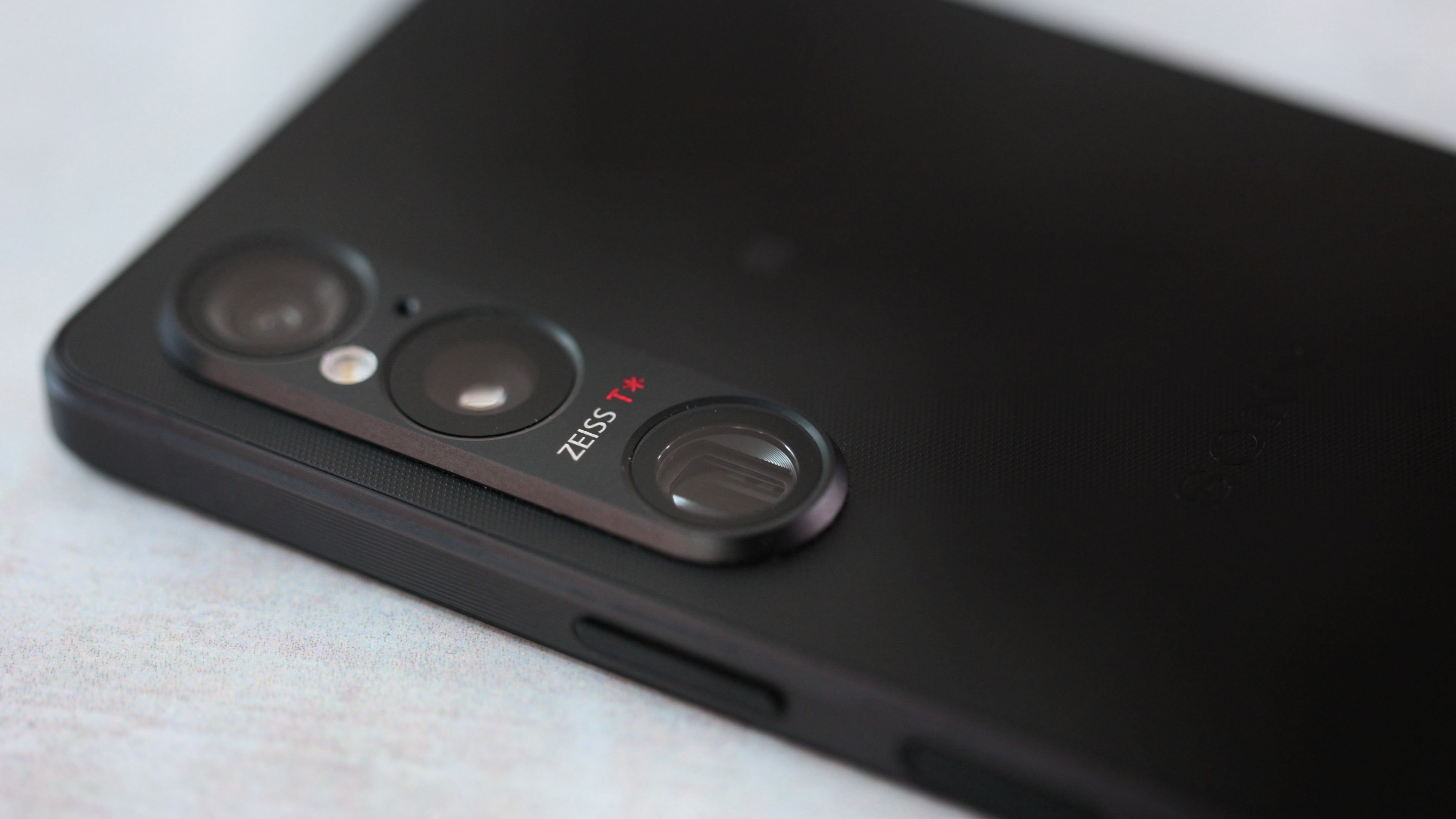
What’s different about the partnership with Vivo, however, Is how deep the integration is across both hardware and software. I caught up with the Vivo team to get a full more detailed understanding of the collaboration.
Vivo and Zeiss: hardware
While speaking with Vivo’s in-house imaging experts, they shared a cooking analogy that sets the scene for how Vivo sees the collaboration. When you make a dish, you improve your chances of success if you use excellent ingredients. With photography, the ingredient is the raw data that falls on the sensor. Zeiss helps Vivo get the best-quality information to the sensor as a starting point.
According to Keshav Chugh, Vivo's camera R&D product manager, both Zeiss optics and a Zeiss T* coating help the primary camera get the best-quality raw data possible for the flagship Vivo X100 Pro and Vivo X100 Ultra, recently announced in China. You can see some samples from the Vivo X100 Ultra below in Keshav's X post.
Buy a camera, get a free phone!Straight out of camera samples. #vivox100ultra pic.twitter.com/K0PmgDet2VMay 13, 2024
Vivo goes so far as to call its flagship’s primary camera a Zeiss 1-inch Main Camera, and the telephoto camera a Zeiss APO Floating Telephoto Camera, the first apochromatically corrected lens in a smartphone. While tele lenses typically suffer from worse chromatic aberration (purple fringing) than wider lenses, Vivo’s lens system, certified by Zeiss, reduces this effect and performs competitively in my tests.
Vivo and Zeiss: software
Vivo’s photo processing has been making waves over the last couple of years thanks to its impressive photo quality and progressive take on computational photography. When discussing the AI of it all with Vivo, the team was keen to hit home, before you even get to tuning, Vivo and Zeiss’s collaboration focuses on making sure the foundation of the photo is rock solid. In other words, images should pack minimum Delta E (variance between what’s seen, what’s captured, and what’s displayed). This is especially important in portraits, with the X100 Pro featuring six Zeiss-inspired portrait digital lenses.
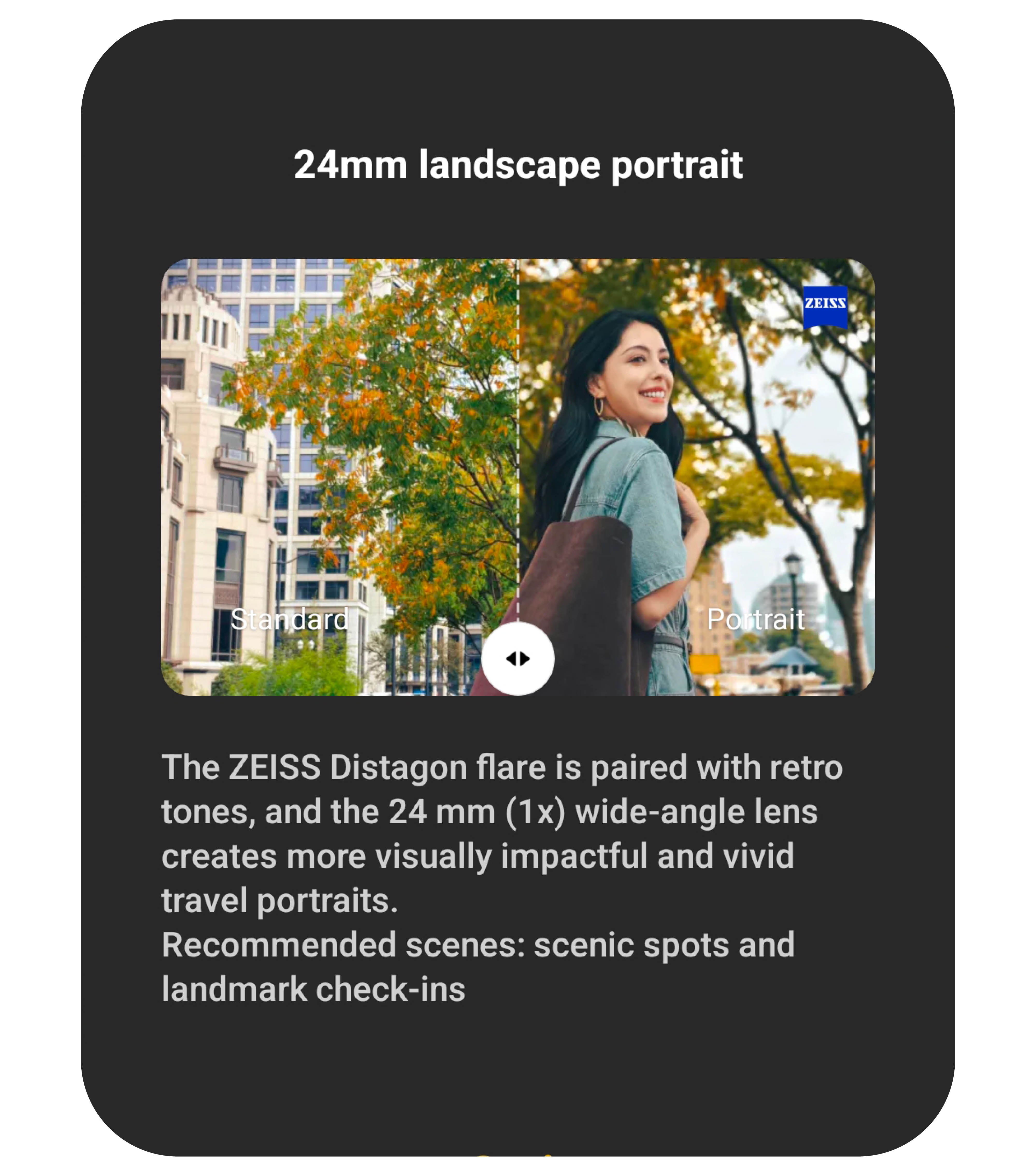
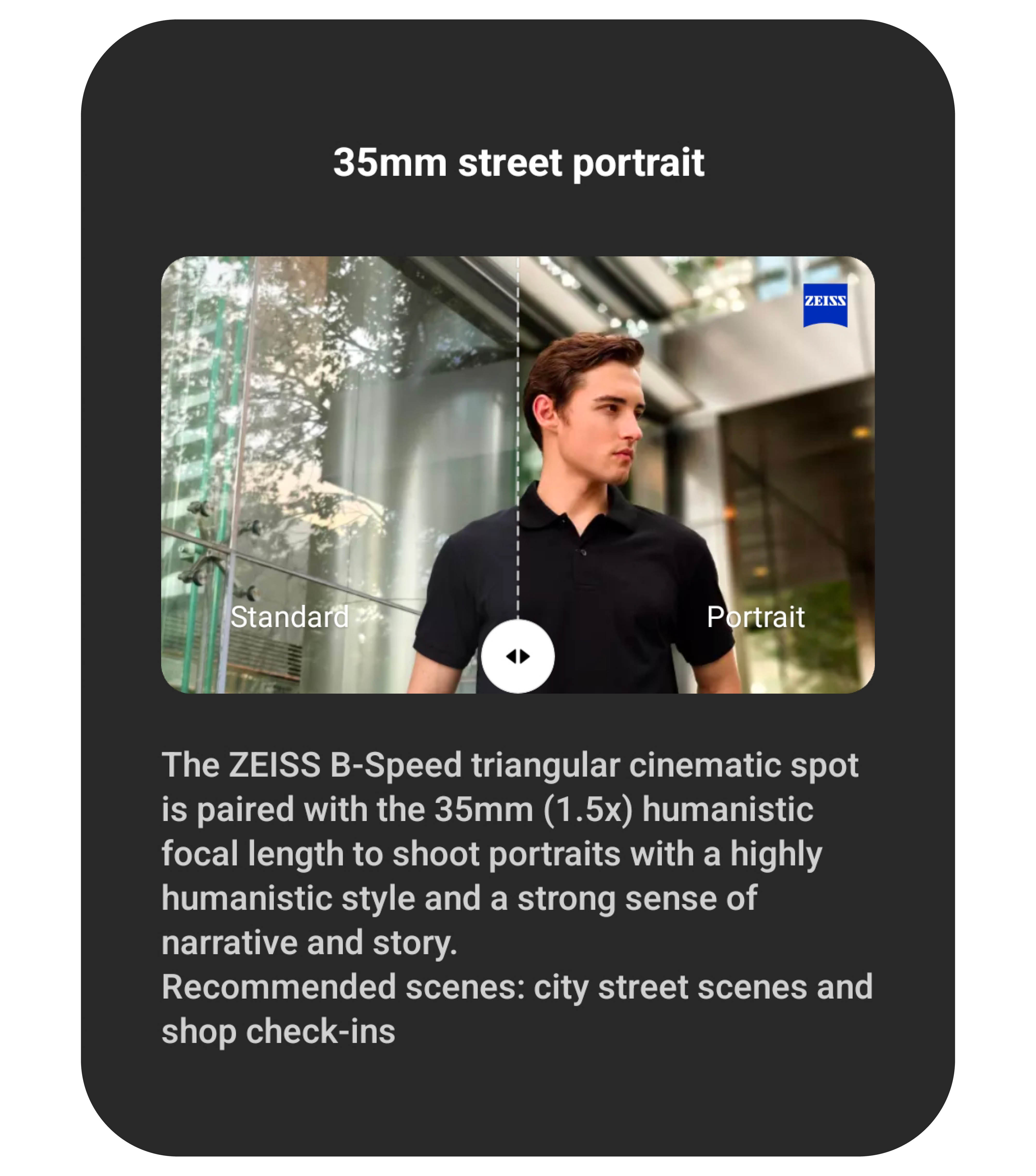
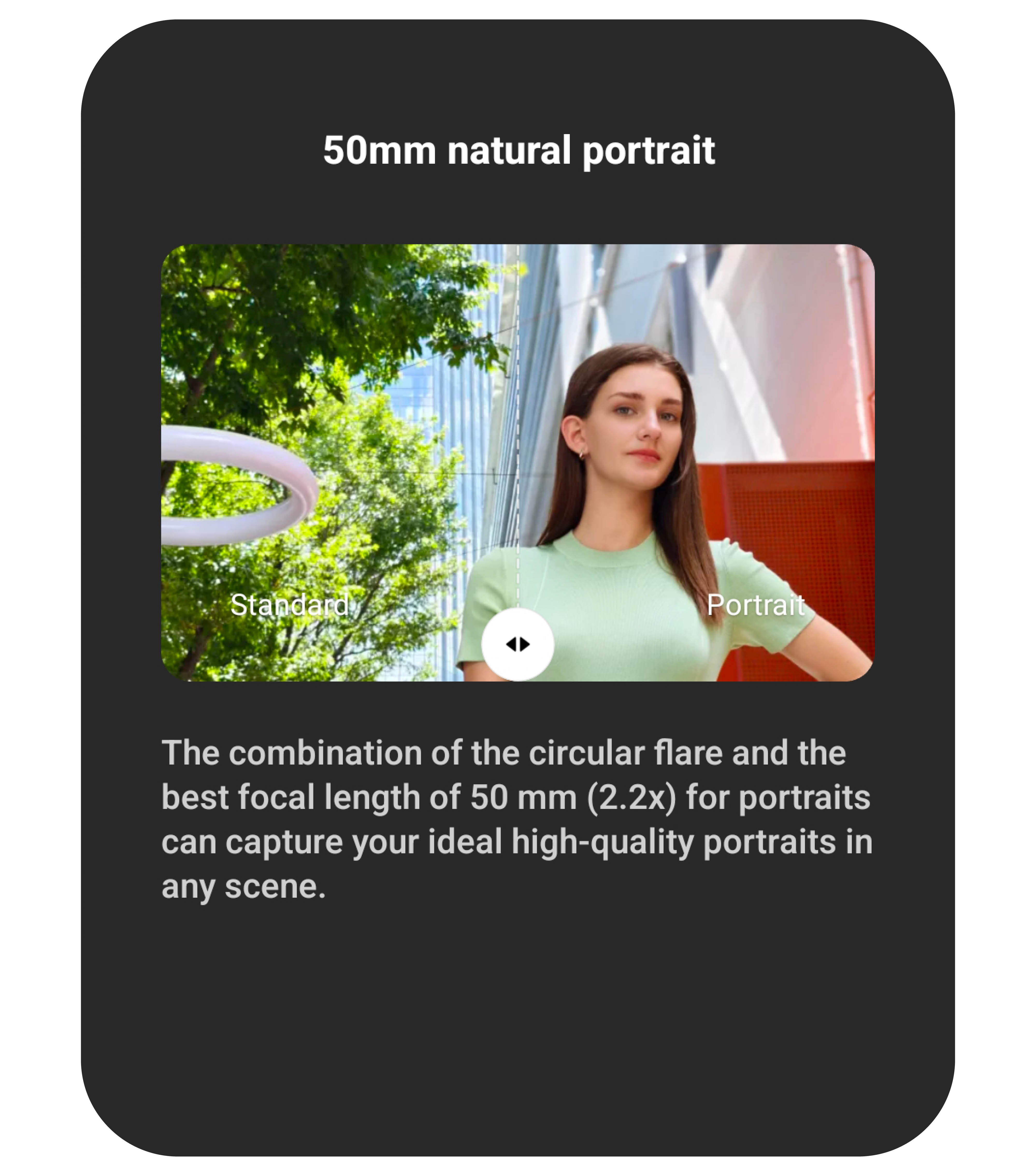
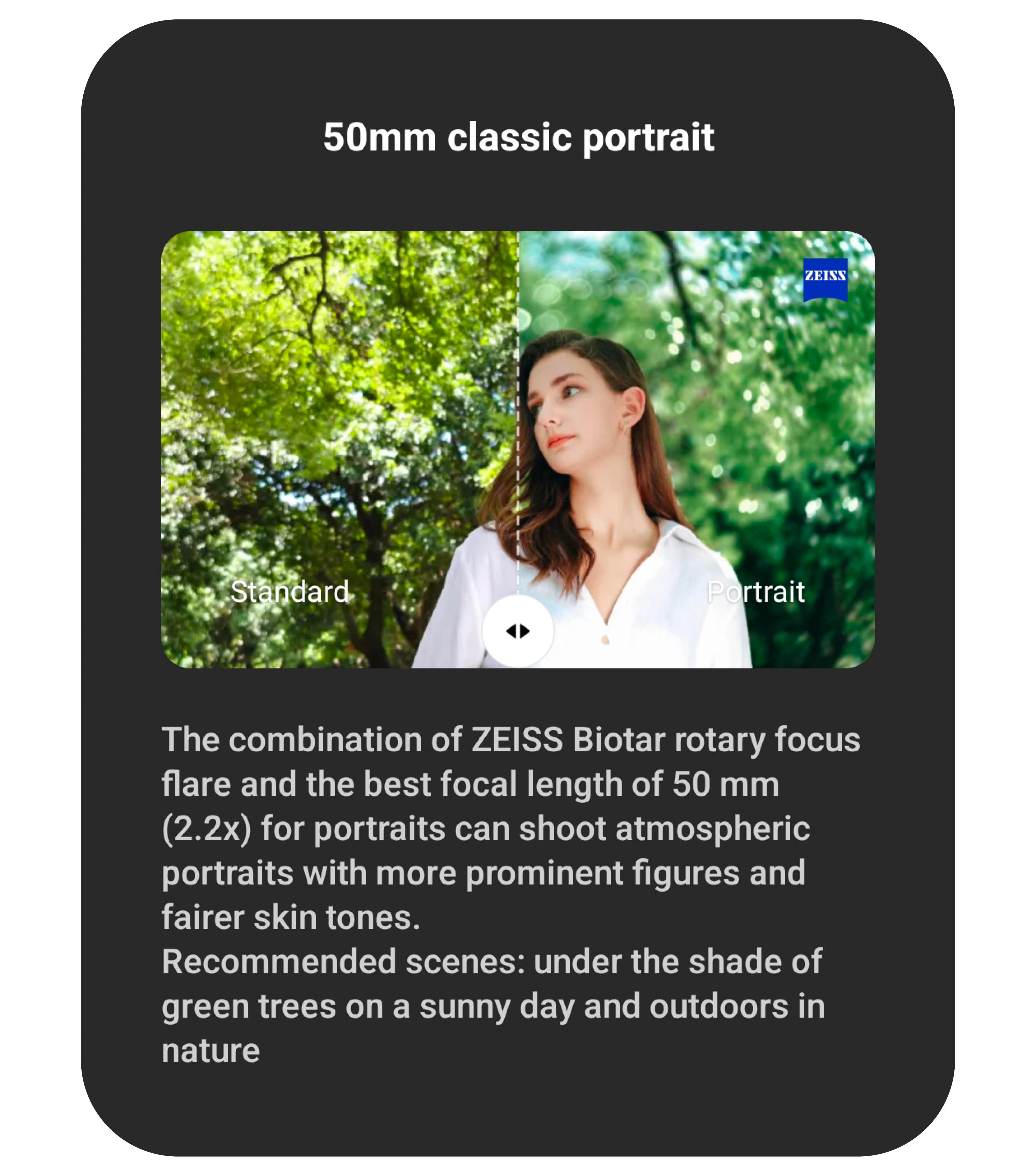
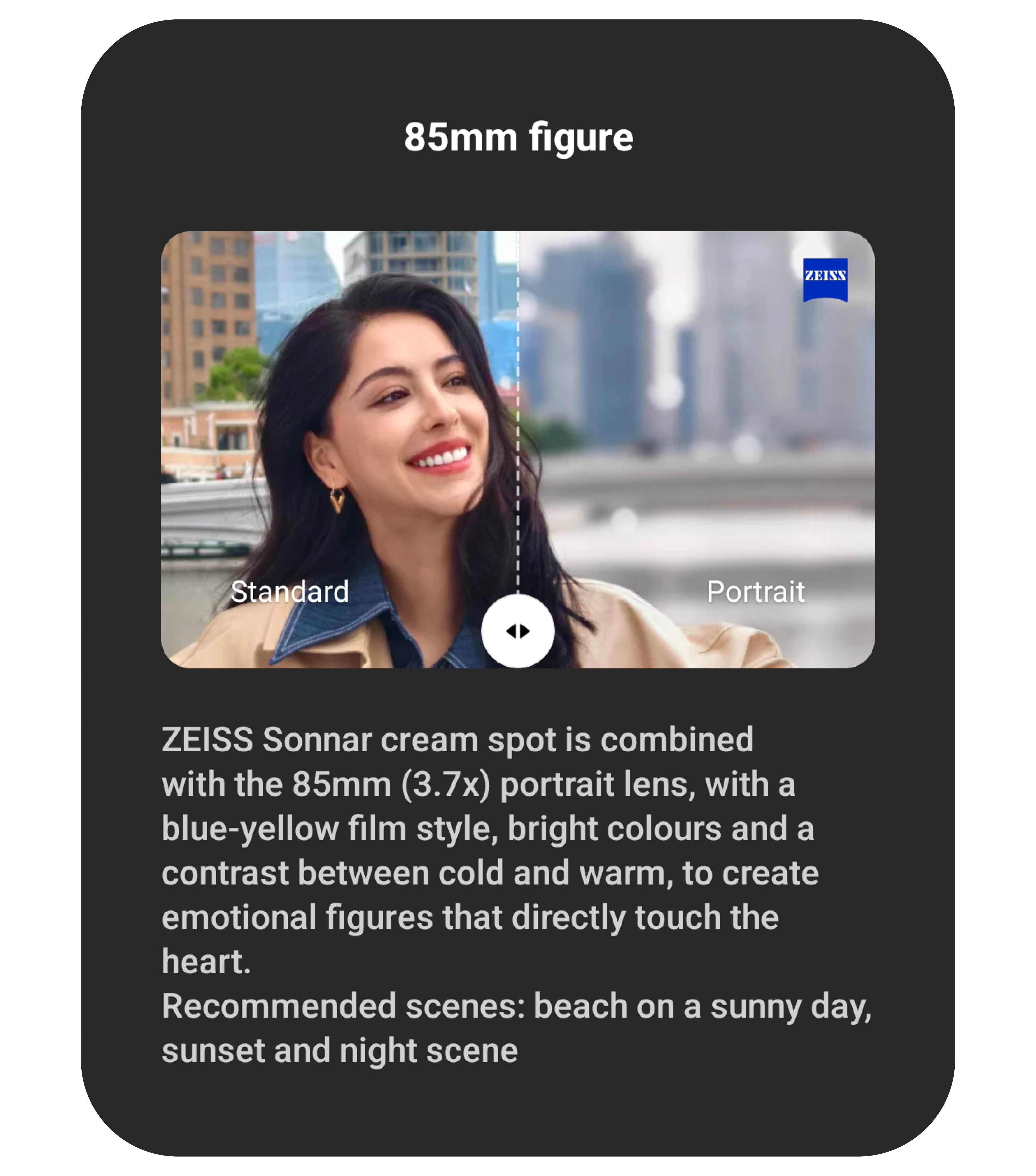
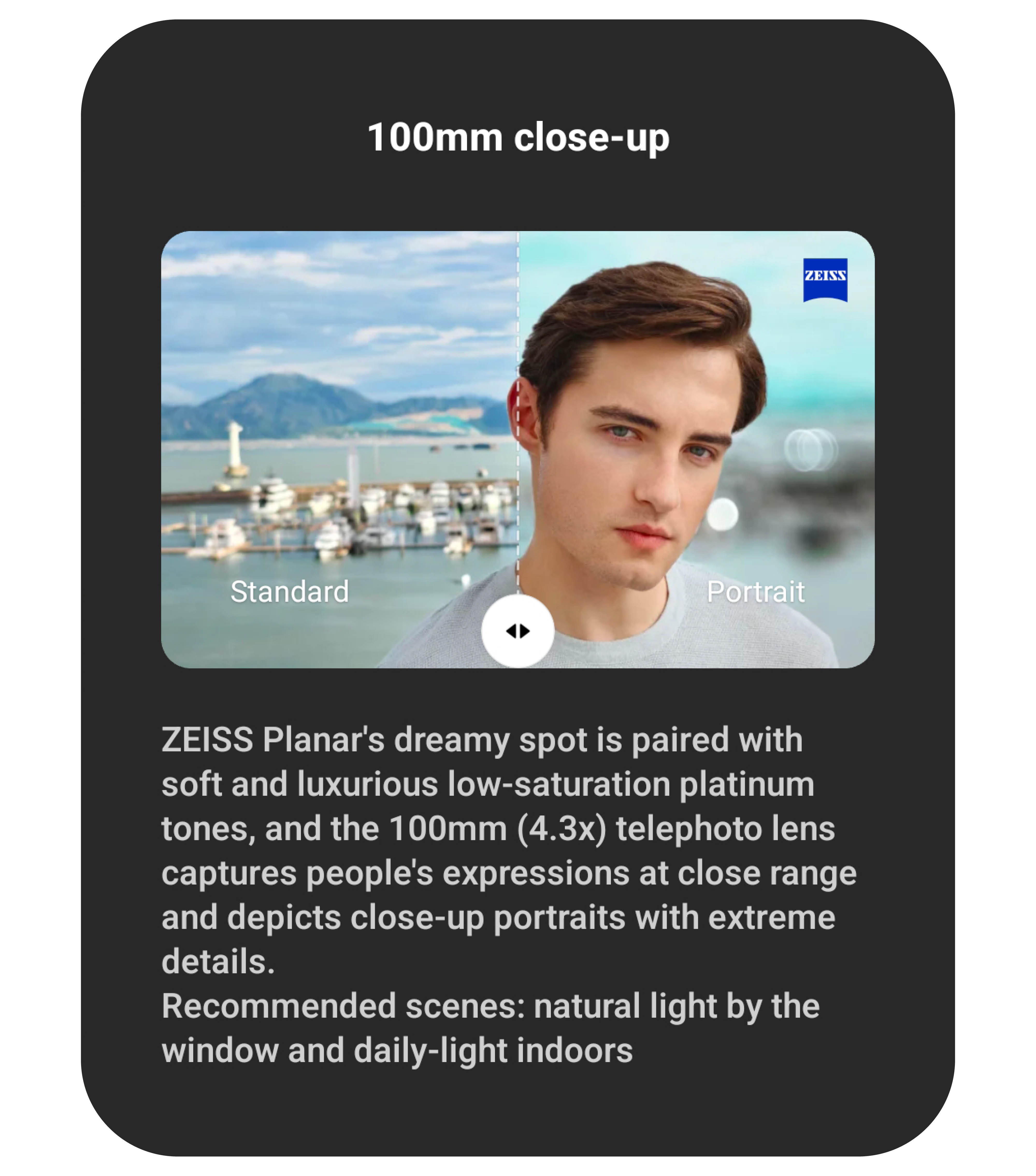
At 24mm, Vivo’s portrait look emulates Zeiss’s Distagon flare, at 35mm, it’s the Zeiss B-Speed triangular cinematic spot, at 50mm you get a circular flare, or alternatively a Biotar rotary focus flare as a second 50mm option. Punching in further, and an 85mm portrait pulls up Zeiss’s Sonnar cream spot and finally, a tight 100mm portrait creates a Planar dreamy spot paired with soft, low-saturated, platinum tones. When you think some flagship smartphone Portrait Mode options are: on or off, Vivo and Zeiss’s efforts are impressive even before you come to take a portrait photo. Vivo was keen to stress that while many portrait modes are mathematical calculations to create blur, its own version is more bespoke.
Many people, myself included, shy away from portrait mode on smartphones. It can look clunky and overdone. But because Vivo offers such a range of options and you can dial up or down the effect after taking your shot, it's easy to refine the results to a level of subtlety that doesn't detract from the quality of a photo.
As for Vivo’s general photo processing, this is mostly handled by Vivo and certified by Zeiss, and what’s also interesting (if slightly off topic), Vivo applies different photo processing to China-focused devices compared to its global phones. Global devices feature no generative AI (gen AI) to enhance a picture, upscale dynamic range, apply opt-in beautification, etc. Vivo phones launched in China, on the other hand, do feature gen AI, and they also feature opt-out beautification to reflect typical regional user preferences.

Zeiss also lives in two more areas within Vivo phones. The first is in the Zeiss Natural look. This dictates the aesthetic of your photo, with Zeiss Natural being the most balanced of all the looks on offer, while Vivid and Textured, the two alternatives, add more stylistic processing.
Finally, Vivo’s Zeiss co-branded phones enjoy a branded watermark, complete with shooting parameters so you can easily see just how hard the camera (and the processing) have worked to get the shot.
Vivo and Zeiss: a marriage made in…
If Vivo’s recent phones are anything to go by, this partnership is most certainly a marriage made in heaven. Vivo’s X100 Pro is the most reliable camera phone I’ve ever used for point and shoot photography. Its processing isn’t always the most authentic, so Vivo’s phones might not be the top choice for photography purists, especially when zooming in beyond 10x owing to how much it cleans up shots – but as I covered in my feature on the X100 Pro’s processing, it was a crowd pleaser at my family Christmas. After I took a few group shots, everyone loved how the phone’s camera simultaneously flattered and captured the mood of the day.
Vivo phones and where to find them
While you could buy the Vivo X80 Pro and X90 Pro in Europe, the more recent X100 Pro, and the V30 Pro – its upper-midranger – are mainly available in Asian and Middle Eastern markets. This could be owing to a patent dispute with Nokia that has prevented brands like Oppo and Vivo from selling their phones in Europe. With Oppo returning to Western markets with the Reno11 F this year, and Vivo issuing a statement that the dispute has been resolved, there is a chance we could be welcoming Vivo phones back to Europe in the future.
Until then, anyone who lives somewhere Vivo phones aren’t widely available will have to import one. Having used both the X100 Pro and V30 Pro in the UK and across Europe, I can confirm both phones work well, with full access to the Google Play Store and network bands. However, if you do decide to import a Vivo phone, there are pitfalls, not least of all the limited after-sales support.
Equipped with 5 ZEISS Multifocal Portrait Modes, the #vivoXFold3Pro’s camera never fails to deliver professional-grade clarity and depth.Rest assured, each portrait you take will be crisp, clear, and beautifully detailed, no matter the distance.Know more.… pic.twitter.com/k2IYZwhp80May 28, 2024
Vivo's just revealed that its X Fold 3 Pro will be launching in India in June, making it the first foldable from Vivo to launch outside China. This wider release is a promising sign for anyone enamoured with Vivo's Zeiss imaging and on the market for a foldable for two reasons. The first is that Indian devices run what is termed global software, so they natively support Google services like Android Auto, making them more attractive imports. The India launch could also be the first wave of a wider release plan that includes the West.
Running down the Vivo X Fold 3 Pro's imaging highlights, it features three cameras, a 50MP main camera with a large 1/1.3-inch sensor, a 64MP periscope camera with a 1/2-inch sensor, and a 50MP ultra-wide with a 1/2.76-inch sensor and PDAF. As you can see in Vivo's tweet, linked above, the camera gets Zeiss portrait highlights, and given how good Vivo is at eking out quality images from mobile hardware, it could be the best foldable camera around when it drops.
Vivo and Zeiss: the future
There's no getting around it, the future of smartphone photography is generative AI. And with Vivo and Zeiss having announced an extension of their partnership in May 2024, we can look forward to both brands taking their next AI-imaging steps together for the foreseeable future.
But why is AI such a silver bullet for smartphone photography? Smartphone sensors and lenses are small, a particular challenge on the telephoto end, and AI looks set to be the weapon of choice for compensating for this inherent limitation. With Vivo at the cusp of incorporating computational photography in its phones, we're guessing it will be pioneering more advanced AI models in its upcoming devices, especially when it comes to zoom.
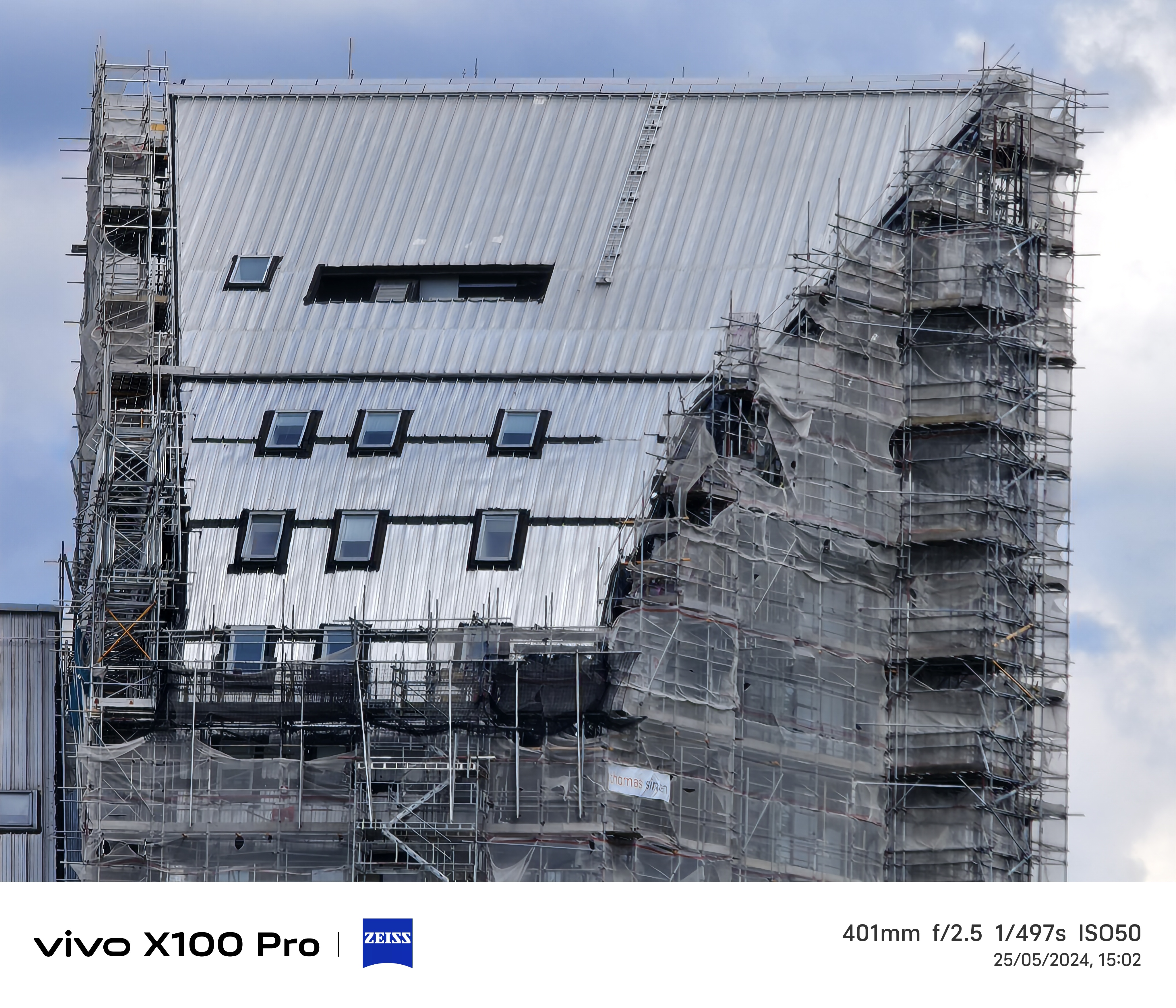
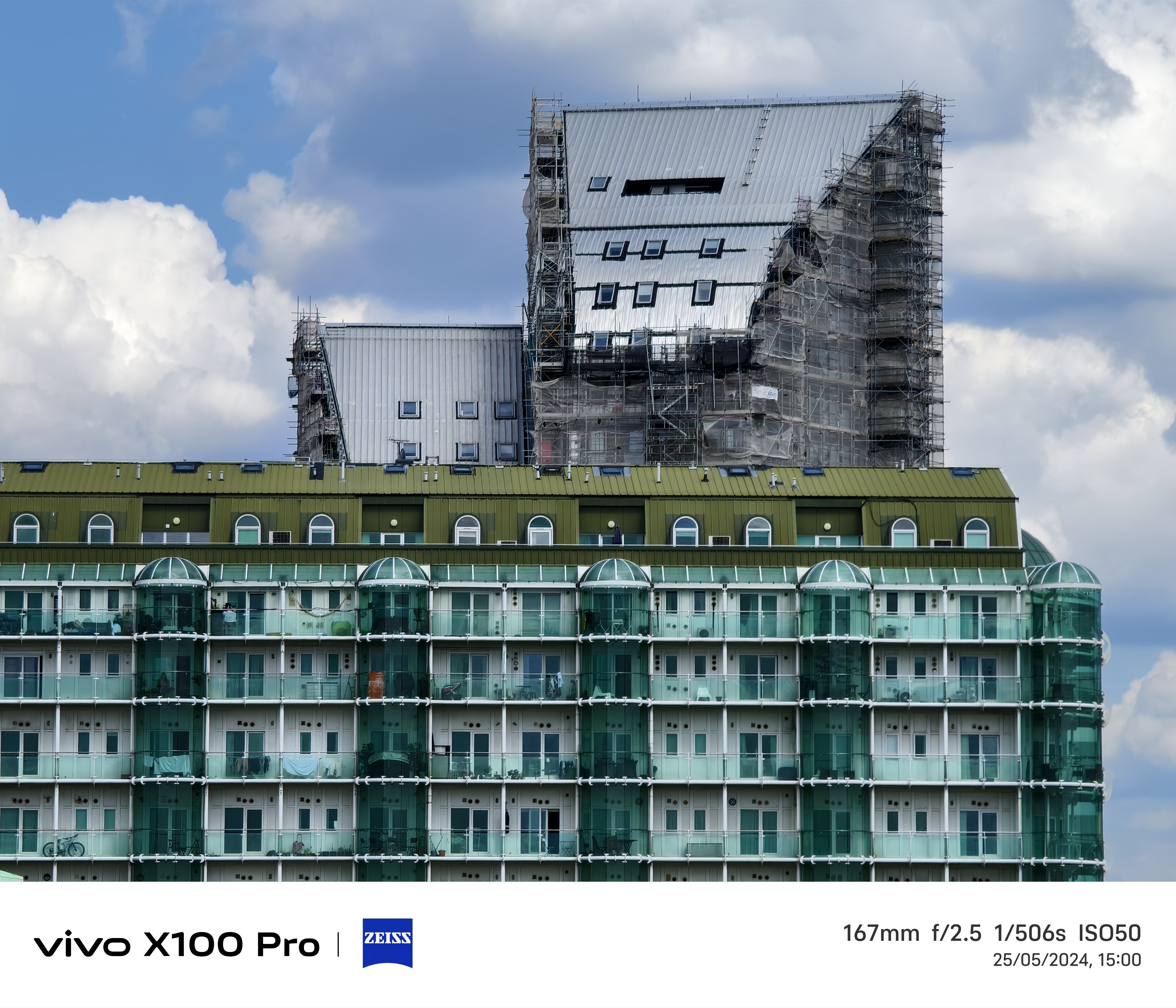
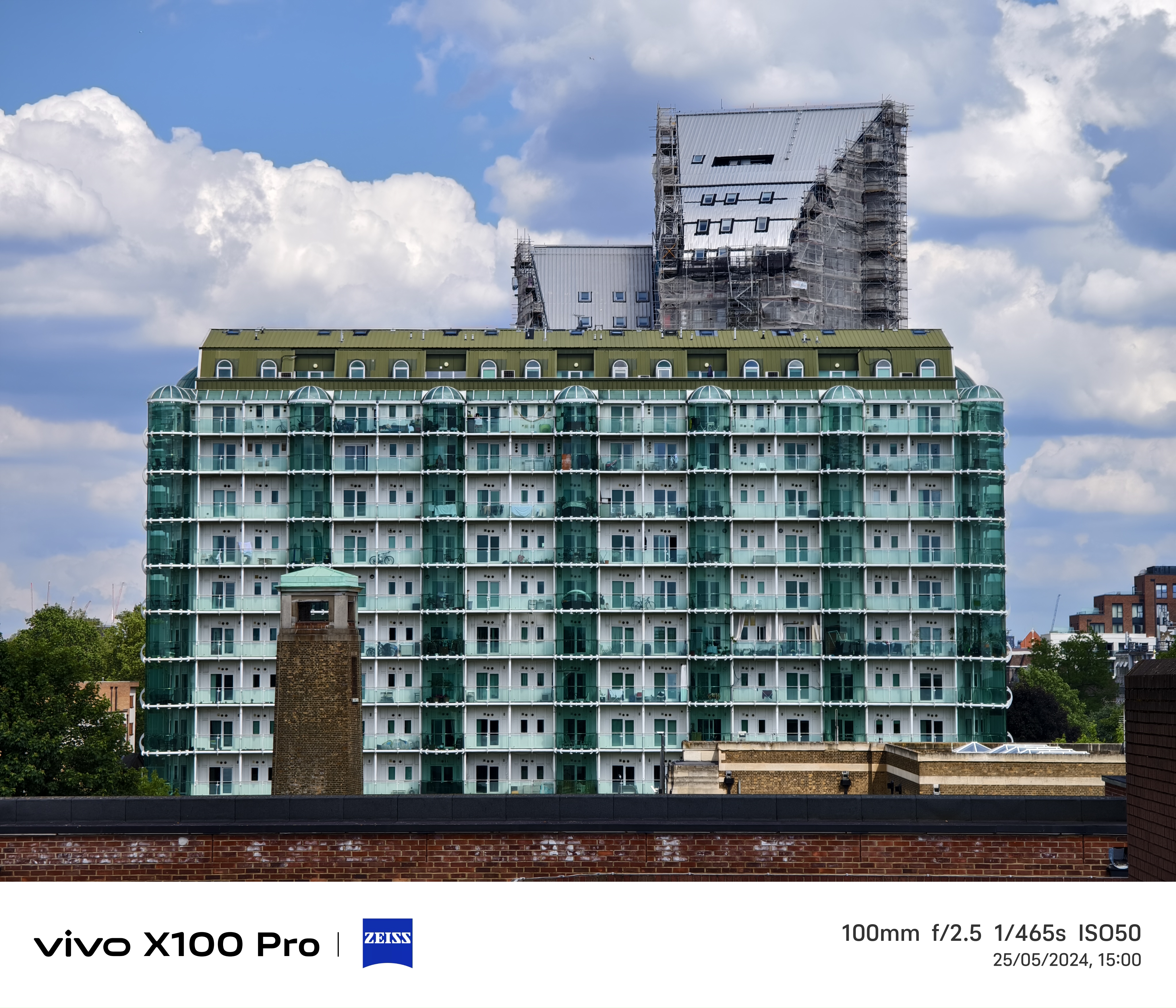
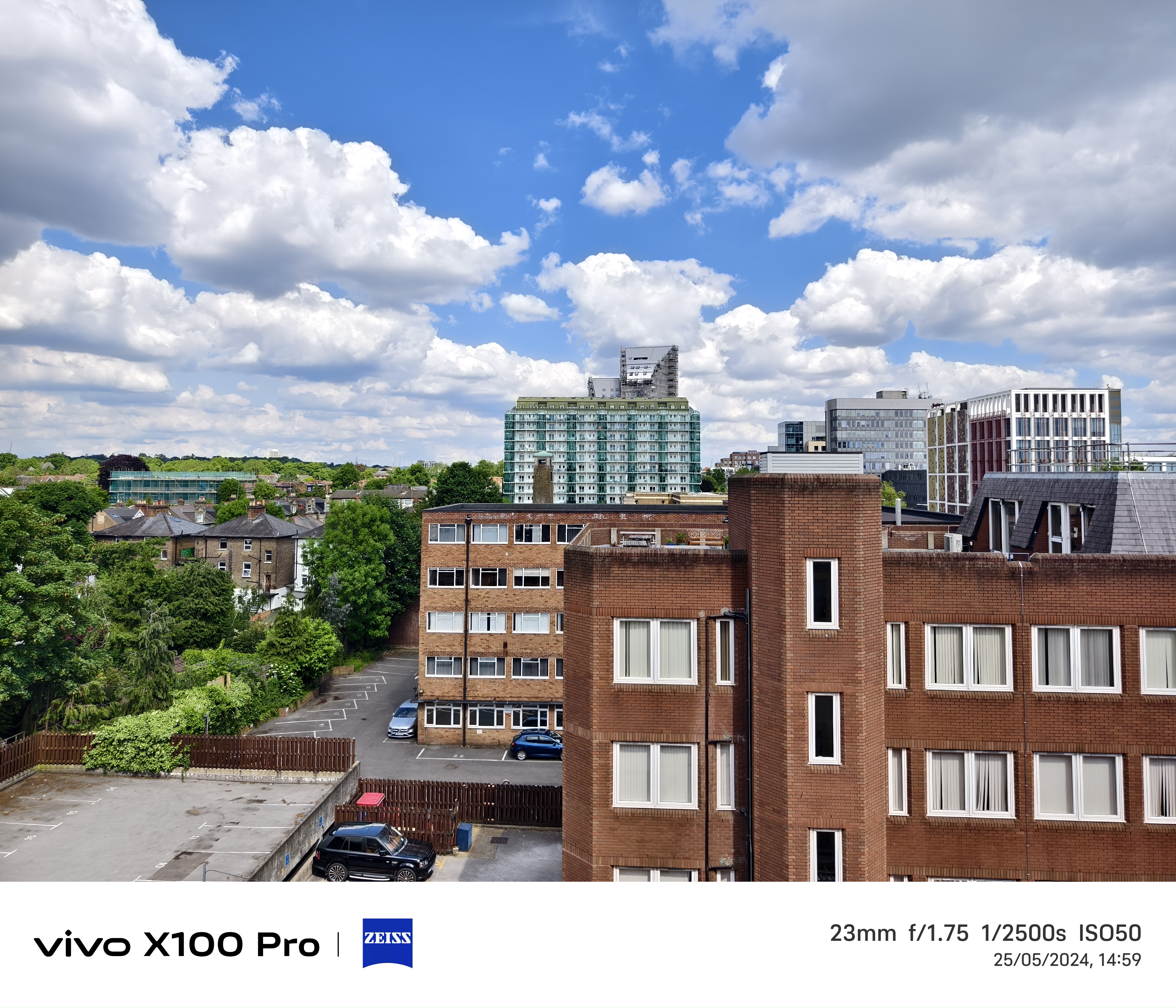
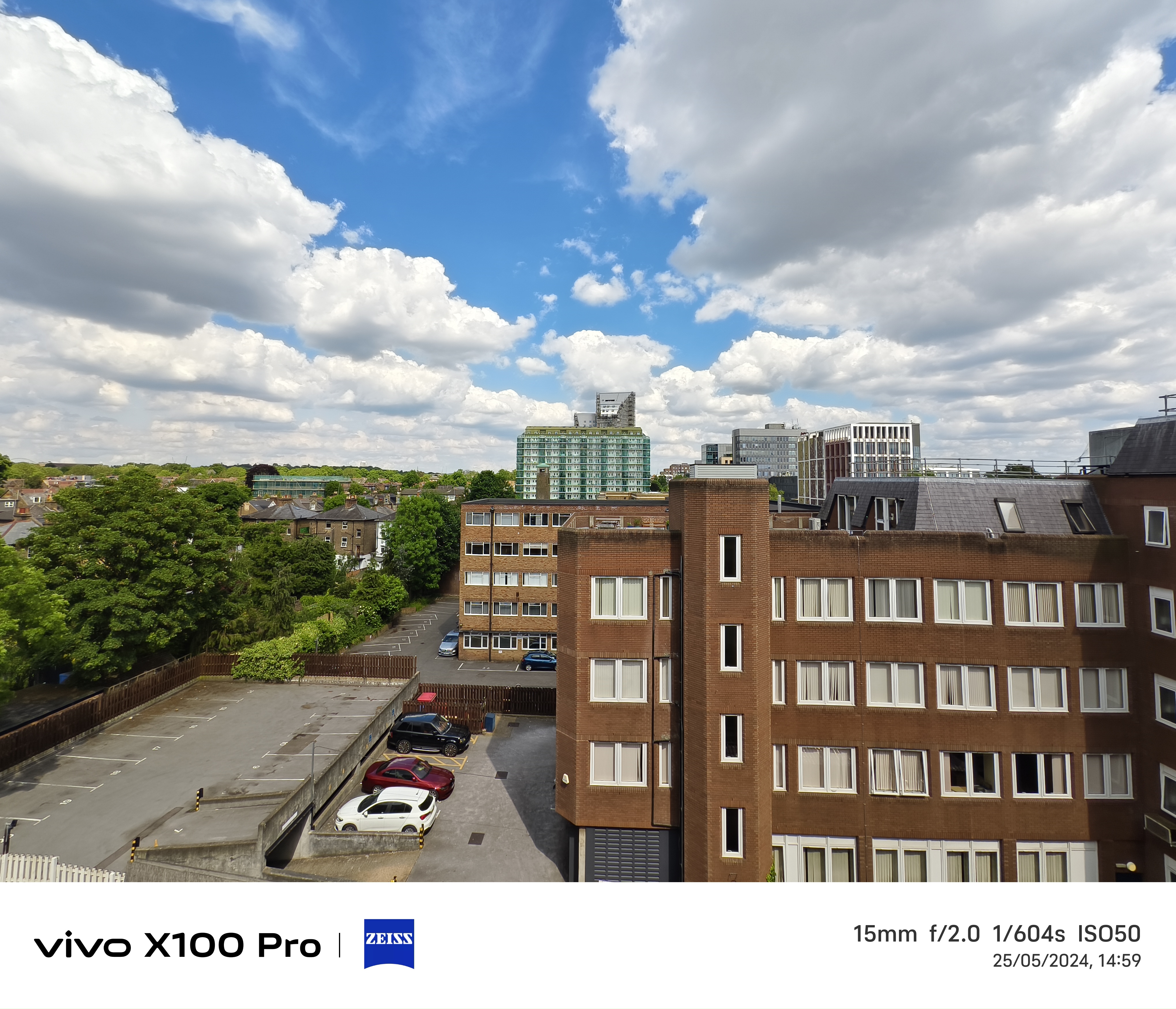
I touched on how much Vivo cleans up zoomed-in shots in the X100 Pro with its 50MP telephoto camera, and the new Vivo X100 Ultra, with a 200MP telephoto camera, looks set to be the cleanest zoomer the internet has ever seen based on early reports out of China. By instantly bracketing, masterfully pixel-binning, and using object recognition to clean up zoomed-in detail incredibly well, Vivo really is leading the charge, out-performing technically more complex, further-reaching zooms like the 85-170mm continuous zoom on the Sony Xperia 1 VI.
As for where Zeiss fits into Vivo’s imaging story, provided the lens specialist can keep delivering its expertise, lenses and coating, the mutually beneficial partnership should continue to bear fruits for both businesses.
So while Leica appears to be swaying Xiaomi in a very classical direction with its photo processing on the Xiaomi 13T and 14 Ultra, and Hasselblad seems to be meeting OnePlus and Oppo in the middle with measured computational photography on the OnePlus 12 Pro and Open, I’m arguably more excited by what Vivo and Zeiss are on track to do. Sure, the purist photographer in me may die a little when my X100 Pro takes a photo that looks much better than real life, but when you’re taking photos that look this good on a smartphone without labouring too hard over your shot, it’s very hard not to be impressed and excited by the shape of things to come.
Check out the best camera phones in 2024







